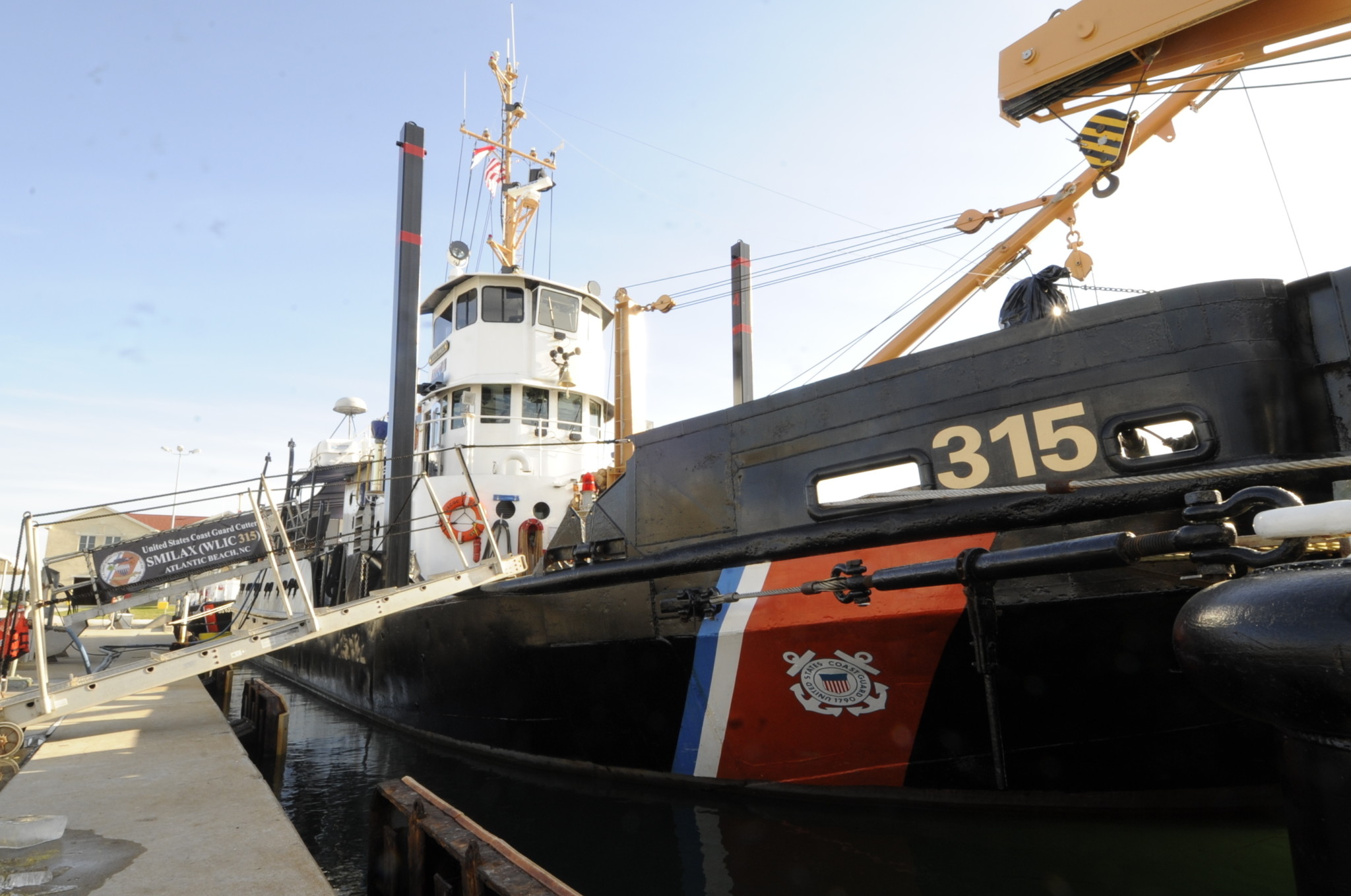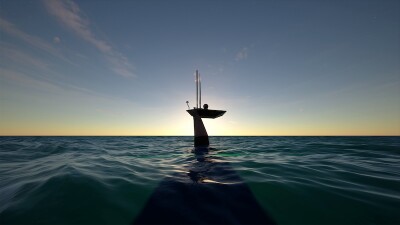Inland cutters are some of the Coast Guard’s most versatile boats, and the oldest — on average now more than 53 years.
A new class of Waterways Commerce Cutter is next in the Coast Guard’s recapitalization effort, and the WCC team came to the International WorkBoat Show in New Orleans Friday to brief the shipbuilding and design industry.
“We’re looking for what’s state-of-the-market,” said Aileen Sedmak, manager of the WCC program, now in partnership with the Navy’s Naval Sea Systems Command to analyze needs and design requirements.
“Our internal Coast Guard design team is working on an indicative design,” and seeking help from the Corps of Engineers design center as well, Sedmak explained to a standing-room crowd at the presentation. “What does ‘early’ mean? Early means we have not fleshed everything out yet.”

Aileen Sedmak, manager of the Waterway Commerce Cutter program, says the Coast Guard is looking for input from the industry to design the new class. Kirk Moore photo.
The challenge is to come up with a concept that will replace a fleet of 35 vessels that accomplish three main missions, across the lower 48 states and Alaska, including inland construction tenders, river buoy tenders and inland buoy tenders.
“It’s our biggest hurdle. Can we combine the missions in one or two (designs)?” said Sedmak.
In walking around the show, Sedmak noted, she had heard that industry people are coming up with questions about the WCC needs. The Coast Guard already has a request for information (RFI) out to solicit ideas, and some in the briefing audience had more.
The RFI calls for 150 tons deck cargo capacity, and Stephen Berthold, vice president of sales with Eastern Shipbuilding Group, Panama City, Fla., asked if the preliminary draft dimensions were open to change. The Coast Guard officials replied they are wide open to suggestions.
“If you think what we are putting out is physically impossible … we want to hear that,” said Sedmak. “We’re at a point where we’re still trying to figure it all out.”
That goes for deck equipment too, said Lt. Cmdr. John M. Singletary. “Please respond to the RFI because we’re using the same cranes and drivers as since 1961,” he said.
“Everyone says this is just a workboat … here we are trying to get a vessel for three different missions across the nation up into Alaska,” said Sedmak. “Think of it as a system of systems. It is not an easy problem.”
While the WCC program is still analyzing options, the team says it has some broad requirements already:
- Designs must fulfill the three inland aids to navigation missions.
- Potential solutions that can perform the mission more efficiently using different methods from the current fleet will be considered.
- A goal should be to maximize commonality and standardization.
- Designs should minimize needs for drydocking, preventative maintenance, and relying on shipyards and other external maintenance providers.
- More information, including slides from the WorkBoat show briefing, are available at the WCC program web page. The team can be reached by email at [email protected]





